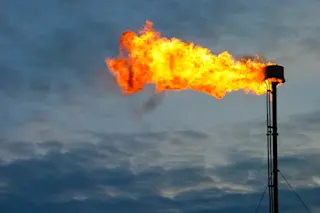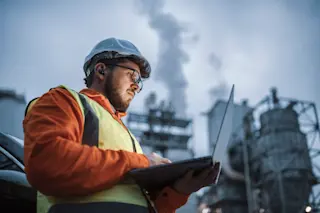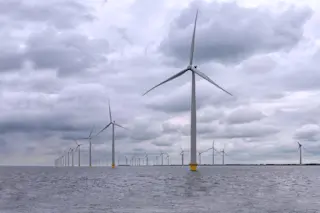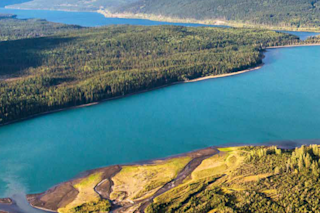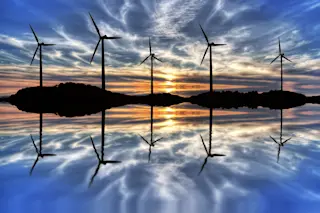A paper published this week in Science reviews what we know about the water quality impacts of shale gas development and hydraulic fracturing. And the conclusion is… still not that much. This despite the fact that “fracking,” as it is commonly called, has been in play since the 1940s – for nearly 80 years – to extract hard-to-reach natural gas deposits.
A hydraulic fracking well. Photo by Susan Brantley/Science. In their paper, Radisav Vidic, a professor of civil and environmental engineering at the University of Pittsburgh, and his colleagues focus on the 95,000-square-mile Marcellus shale-gas deposit that underlies much of Pennsylvania and West Virginia. Extraction there ramped up around 2005. Fracking technology improvements that accommodate different geologies, including shale and tightly bound sand formations, have boosted natural gas production from these unconventional sources from nearly zero percent of all U.S. natural gas in 1990 to 30 percent in 2011. Fracking ...




